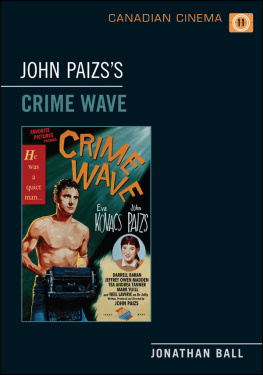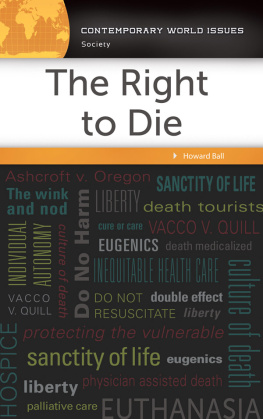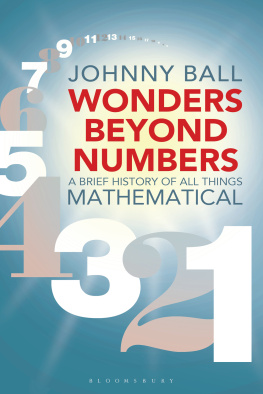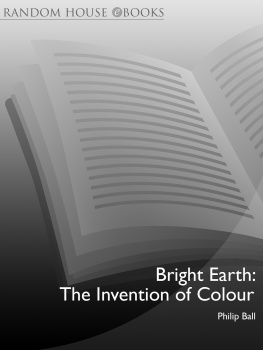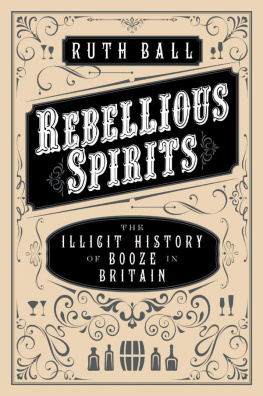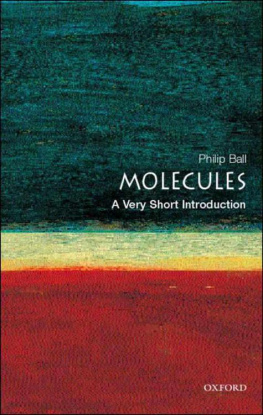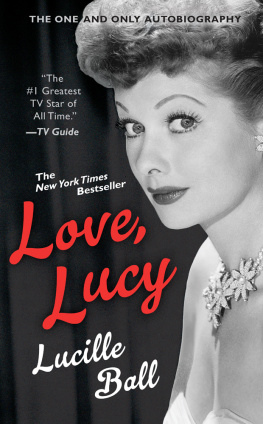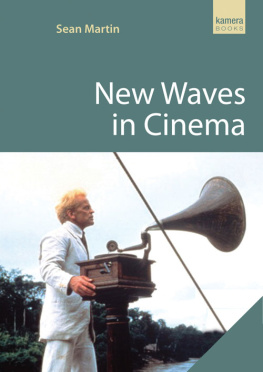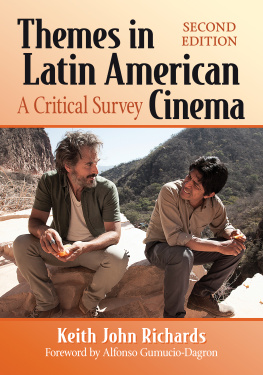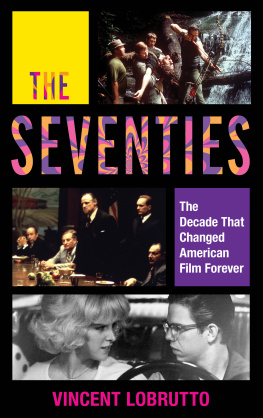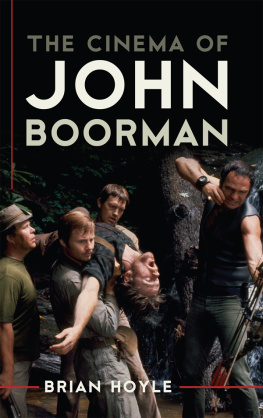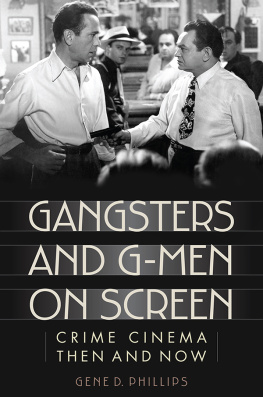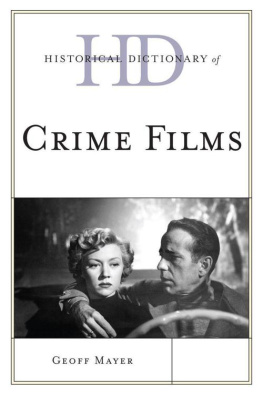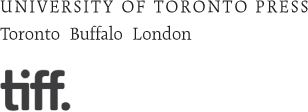JOHN PAIZSS
CRIME WAVE
John Paizss Crime Wave examines the Winnipeg filmmakers 1985 cult film as an important example of early postmodern cinema and as a significant precursor to subsequent postmodern blockbusters, including the much more recent Hollywood film Adaptation. Crime Waves comic plot is simple: aspiring screenwriter Steven Penny, played by Paizs, finds himself able to write only the beginnings and endings of his scripts, but never (as he puts it) the stuff in-between. Penny is the classic writer suffering from writers block, but the viewer sees him as the (anti)hero in a film told through a stylistic parody of 1940s and 50s B-movies, TV sitcoms, and educational films.
In John Paizss Crime Wave, writer and filmmaker Jonathan Ball offers the first book-length study of this curious Canadian film, which self-consciously establishes itself simultaneously as following, but standing apart from, American cinematic and television conventions. Paizss own story mirrors that of Steven Penny: both find themselves at once drawn to American culture and wanting to subvert its dominance. Exploring Paizss postmodern aesthetic and his use of pastiche as a cinematic technique, Ball establishes Crime Wave as an overlooked but important cult classic.
(Canadian Cinema)
JONATHAN BALL teaches courses in literature, film, and writing at the University of Manitoba and the University of Winnipeg.
CANADIAN CINEMA 11
JOHN PAIZSS
CRIME WAVE
JONATHAN BALL
University of Toronto Press 2014
Toronto Buffalo London
www.utppublishing.com
Printed in Canada
ISBN 978-1-4426-4812-8 (cloth)
ISBN 978-1-4426-1617-2 (paper)
Printed on acid-free and 100% post-consumer recycled paper with vegetable-based inks.
Publication cataloguing information is available from Library and Archives Canada.
TIFF and the University of Toronto Press acknowledge the financial assistance to its publishing program of the Canada Council for the Arts and the Ontario Arts Council.
This book has been published with the help of a grant from the Canadian Federation for the Humanities and Social Sciences, through the Awards to Scholarly Publications Program, using funds provided by the Social Sciences and Humanities Research Council of Canada.
University of Toronto Press acknowledges the financial support of the Government of Canada through the Canada Book Fund for its publishing activities.
Contents
To begin and then end it makes me fall out of favor with myself. The sky full of false surmises, the desert empty: I only exist elsewhere. Tell me what it is that you know about me, because you seem to think that I can save myself In the rain, the street lamps empty their pockets of change.
Jenny Boully, The Book of Beginnings and Endings
I real ly did mean to be good.
Steven Pennys last words (as typewritten), Crime Wave
Acknowledgments
This book could not exist without John Paizs, who has been generous with his time and materials and whose accomplishments deserve the highest praise. Thanks to Bethany Berard, David Navratil, Patrick Short, George Toles, Gene Walz, and Darren Wershler, for help or conversation at various stages of this project. Thanks to Dave Barber, Monica Lowe, and everyone at the Winnipeg Film Group, for help and support. Thanks to Kaylen Hann, for refusing to believe. Thanks to Siobhan McMenemy and everyone at the University of Toronto Press, and to the series editors, Bart Beaty and Will Straw, for making this book a reality through their hard work and encouragement. Thanks to my anonymous peer reviewers, for their strong suggestions. Thanks to Mandy Heyens and Jessie Taylor, as always, and to my family and friends for their continued support.
In his collection of interviews with Guy Maddin, Caelum Vatnsdal writes: The work of John Paizs will no doubt one day be subjected to a laudatory rediscovery by the cinetelligensia.
JOHN PAIZSS
CRIME WAVE

The Top! Few Films Made It!
In a sad but fitting testament to the neglect of John Paizss Crime Wave (1985), when I announced to friends my plan to write this book they agreed the premise would make for a fine experimental novel (one masquerading as a work of academic non-fiction), which might even fool a few poor saps into believing the film existed. Even after my explanations and denials, one friend still refused to believe that I had not fabricated both Paizs and the film as an elaborate hoax. She remains impressed that I have (so she believes) faked the Wikipedia entry on Crime Wave without it being removed by some vague authority, due to its bizarre description of the film (in particular, its flute and glockenspiel-based score). I hope that, if nothing else, the appearance of this book persuades her.
On one hand, such professions of bad faith speak to the cleverness of Paizss film. Over a quarter of a century has passed since Crime Wave debuted at the Festival of Festivals (later renamed the Toronto International Film Festival), yet the central conceit of Crime Wave can still strike audiences as cutting-edge. On the other hand, such reactions attest to the films near-disappearance. Seventeen years after Crime Wave, Adaptation (2002) also a metafiction about a screenwriter struggling to craft a script for the very film the audience is watching would go on to win Academy Awards. Meanwhile, the ground-breaking Crime Wave languishes in obscurity. Adaptations Donald Kaufman, despite being a fictional character, garnered an actual Oscar nomination for Adapted Screenplay, but John Paizs remains known to few filmgoers.
Geoff Pevere writes that Crime Wave may be the brightest treasure this country ever buried,
Paizs, together with Maddin, was responsible for bringing the work of the Winnipeg Film Group to national and international acclaim. Although Paizs may have faded from prominence, his direct influence persists within Winnipegs still-productive film community, where Paizs remains a touchstone. Writing in 2009, Solomon Nagler argued that in the 1990s, a group of Winnipeg filmmakers resisted the postmodern prairie aesthetic that surged in the Winnipeg Film Group in the late 1980s, where awkward suburban angst and whimsical dream logic peripatetics reigned with the works of John Paizs, and later Guy Maddin. The term now refers to a range of works by Maddin and other members of the Winnipeg Film Group, cementing the central place of Paizs in Winnipegs pantheon.
Maddin, due to his continued success and activity since the 1980s, has earned an international profile and displaced Paizs as the patron saint of Winnipeg film. When Paizs is mentioned, its often in the same breath as Maddin, unsurprising since the two were friends around the time of Paizss 1980s productions and the beginning of Maddins career. Thus, while Maddins reputation has eclipsed Paizss own, its easy to forget that it was once Maddin who worked in the shadow of Paizs. Maddins first film, The Dead Father (1985), completed in the same year as Crime Wave, bears some resemblance to Paizss earlier films through its appropriation of outmoded cinematic styles (Maddin reaches further back than Paizs), peculiar narration, mannered acting, and absurdist dry humour. Notwithstanding similarities, Maddin has never been an imitator of Paizs, despite a seeming return, with
Next page
